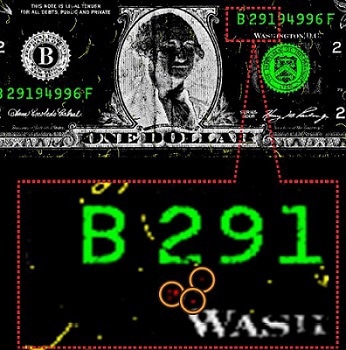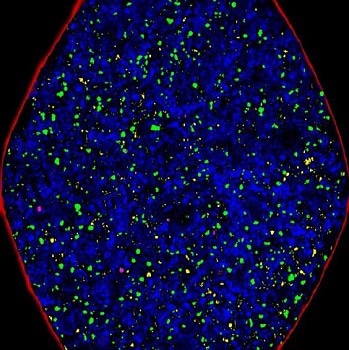Forensic scientists depend on reliable scientific instruments to provide accurate, detailed data that is admissible in court. As a result, choosing high quality instruments is paramount. Renishaw's Raman spectroscopy equipment is a preferred choice among forensic scientists for its reliability, versatility, and numerous advantages over alternative analysis techniques.
Advantages of Raman Spectroscopy Over Mid-IR or Near-IR Spectroscopy
Both infrared (IR) and Raman spectroscopy take advantage of the vibration of molecules to permit chemical analysis. While IR spectroscopy relies on the absorption of light, Raman spectroscopy involves the detection of scattered light at different frequencies. Thus, Raman spectroscopy has several advantages of mid- or near-IR spectrometers:
-
No sample preparation required - IR spectroscopy requires careful sample preparation to ensure accurate results. In contrast, Raman spectroscopy can be used on samples in nearly any state. Even gaseous molecules, which cannot be analyzed by IR methods, can be characterized with Raman spectroscopy.
-
Use of water as a solvent - water results in intense absorption of light, preventing its use in IR spectroscopy preparations. Raman spectroscopy handles aqueous solutions with ease.
-
Cleaner spectra - mid-IR often results in wider, overlapping bands that make interpretation difficult. With the same samples, Raman spectroscopy results in clean, narrow bands with little overtone or combination bands.
-
Versatility of use - supplying the microscope with a macro-sample set, or a fiber optic probe, permits analysis of larger samples that can be difficult to move. This ensures that important evidence remains undisturbed while maximizing sample integrity.
Forensic Science Applications for Raman Spectroscopy
Renishaw's inVia Raman spectrometer has numerous applications within forensic science, including the identification of illicit drugs, gunshot residue, accelerants in arson cases, inks used in counterfeiting, or explosives.
Explosive and Gunshot Residue
Raman data can be obtained from almost any surface, allowing minute traces of explosives or a firearm’s discharge to be detected without attempting to lift samples from evidence. Very small discharge residues (1 micrometer in diameter) may be assessed in the laboratory.

Figure 1. Dollar bill showing traces of explosives
One of the greatest benefits of using a Renishaw Raman system is gaining access to an extensive forensic database. This makes identifying compounds easier, faster, and more accurate than ever.
Fraudulent Documents
The sophistication of document fraud has risen dramatically in recent years. Documents may contain added terms and conditions after the date of signing, overlapping text, or multiple signatures that must be analyzed.

Figure 2. Image taken with a Raman spectrometer of crossing inks
Rapid Raman imaging, such as Renishaw's StreamLine approach, is the best available method to investigate questionable documents and identify fraud. The use of a Raman microscope is non-destructive, preserving the evidence in its original form.
Additionally, Raman spectroscopy is highly sensitive to minute chemical differences between inks. Images are generated in minutes, making this technique one of the fastest to characterize ink chemical structure. Furthermore, Raman imaging is significantly better at determining the order of ink deposition than competing methods.
Illicit Drugs
Traditional methods used to identify narcotics and other illicit substances use IR spectroscopy or a gas chromatography-mass spectrometer. These approaches are destructive, requiring samples to be extensively pre-processed, and take a long time. In comparison, Raman spectroscopy represents a rapid and nondestructive method of identifying organic chemical compounds.

Figure 3. Raman image of a counterfeit pharmaceutical tablet
The Raman method is effective in analysis of tablets, powders, and liquids. Importantly, Raman data are not strongly affected by the proximity of plastics or glass, meaning that substances can be analyzed in their original packaging. This maintains evidence integrity and prevents sample contamination.

Figure 4. A fingerprint with cocaine particles
One of the challenges in identifying illicit drugs is that they often represent a mixture of compounds. For example, narcotics are typically cut with lactose or mannitol, complicating their analysis. Raman spectroscopy is capable of separating these components, therefore increasing accuracy of drug identification.
Conclusion
Renishaw’s Raman systems are preferred among forensic scientists because of their versatility and high performance. The inVia confocal Raman microscope has very high sensitivity and with its flexible set of imaging capabilities, users can accurately detect and analyse minute fragments of material. Forensic samples can be analysed rapidly, maximizing efficiency without sacrificing accuracy.

This information has been sourced, reviewed and adapted from materials provided by Renishaw.
For more information on this source, please visit Renishaw.